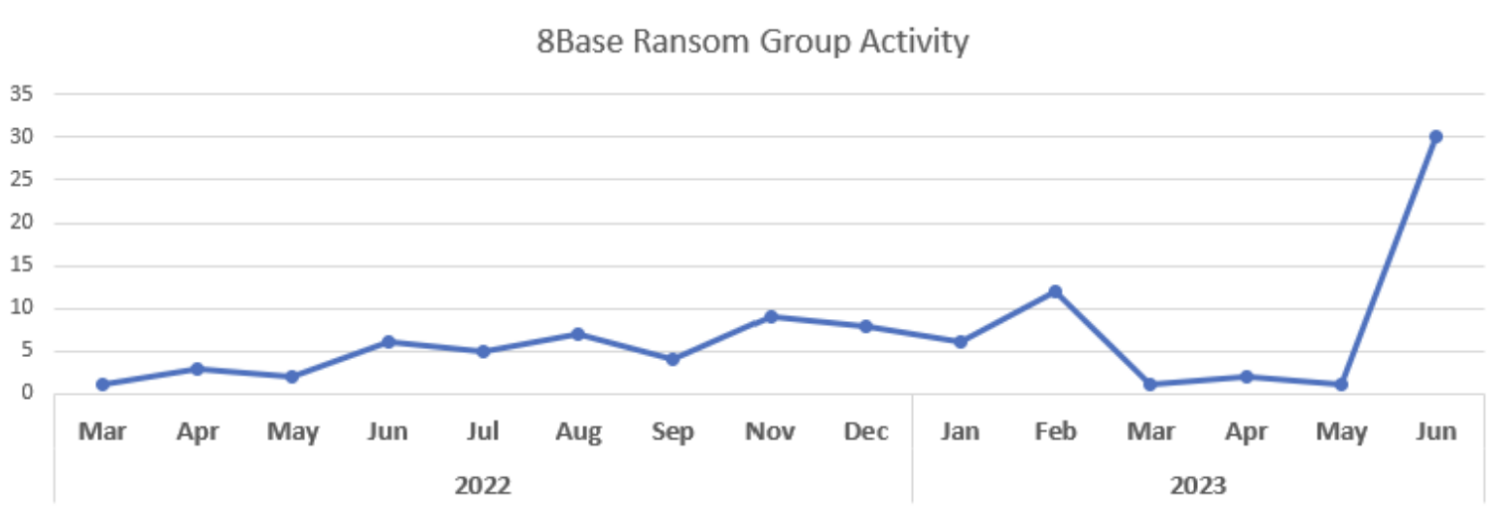A Mysterious Leak Exposed Chinese Hacking Secrets
While the documents have now been removed from GitHub, where they were first posted, the identity and motivations of the person, or people, who leaked them remains a mystery. However, Chang says the documents appear to be real, a fact confirmed by two employees working for i-Soon, according to the Associated Press, which reported that the company and police in China are investigating the leak.
“There are around eight categories of the leaked files. We can see how i-Soon engaged with China’s national security authorities, the details of i-Soon’s products and financial problems,” Chang says. “More importantly, we spotted documents detailing how i-Soon supported the development of the notorious remote access Trojan (RAT), ShadowPad,” Chang adds. The ShadowPad malware has been used by Chinese hacking groups since at least 2017.
Since the files were first published, security researchers have been poring over their contents and analyzing the documentation. Included were references to software to run disinformation campaigns on X, details of efforts to access communications data across Asia, and targets within governments in the United Kingdom, India, and elsewhere, according to reports by the New York Times and the The Washington Post. The documents also reveal how i-Soon worked for China’s Ministry of State Security and the People’s Liberation Army.
According to researchers at SentinelOne, the files also include pictures of “custom hardware snooping devices,” such as a power bank that could help steal data and the company’s marketing materials. “In a bid to get work in Xinjiang–where China subjects millions of Ugyhurs to what the UN Human Rights Council has called genocide–the company bragged about past counterterrorism work,” the researchers write. “The company listed other terrorism-related targets the company had hacked previously as evidence of their ability to perform these tasks, including targeting counterterrorism centers in Pakistan and Afghanistan.”
The Federal Trade Commission has fined antivirus firm Avast $16.5 for collecting and selling people’s web browsing data through its browser extensions and security software. This included the details…




